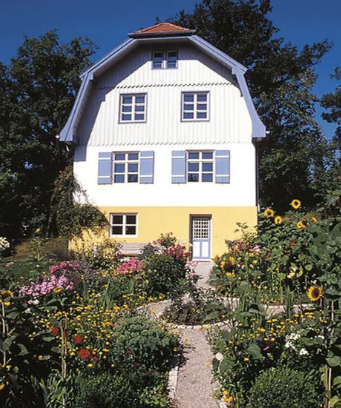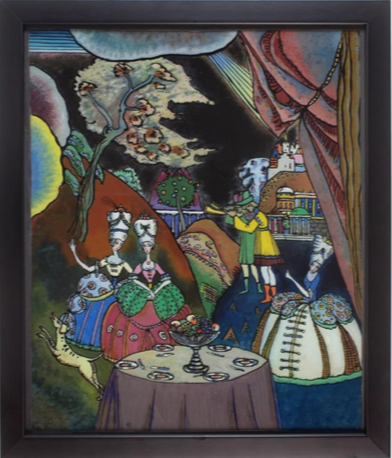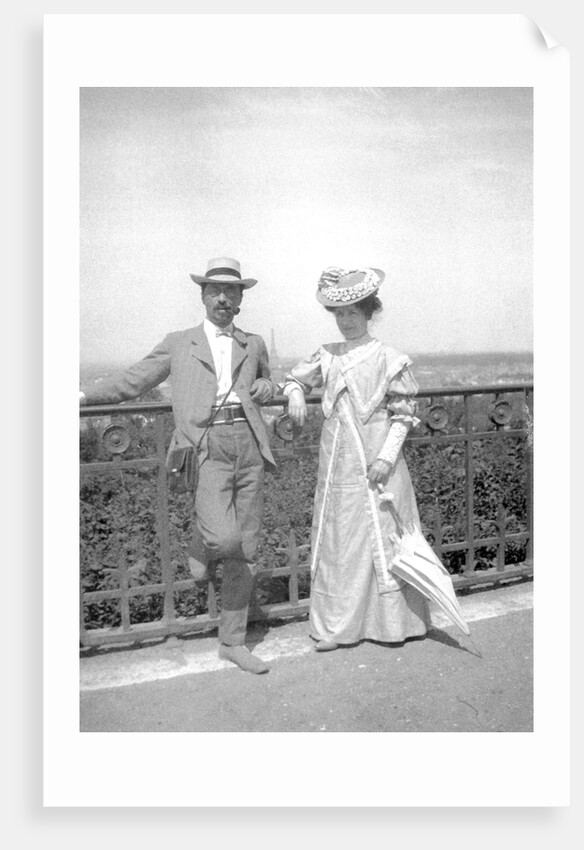Wassily Kandinsky and Gabriele Münter’s love story is a captivating tale of art, passion, and creativity. Kandinsky, renowned as the father of abstractionism, found a kindred spirit in Münter, a talented German artist. Despite Kandinsky’s official marriages, his bond with Münter blossomed into a 12-year companionship marked by mutual artistic inspiration and deep affection.
Münter’s artistic talent flourished alongside Kandinsky’s groundbreaking abstract art, with both artists influencing each other’s work. Their travels to various countries enriched their creative perspectives, fostering a period of artistic innovation and growth. Münter’s unique style, characterized by clear lines and simple structures, complemented Kandinsky’s evolving approach towards abstraction.
Their journey together was not without challenges. Kandinsky’s first marriage to his cousin Anna posed a significant obstacle to his relationship with Münter. Despite societal norms and personal struggles, their love prevailed, leading them to explore Italy, Holland, France (see above picture in Paris), and Tunisia together. Münter played a crucial role in preserving Kandinsky’s creative legacy while developing her own distinct artistic style.

In Murnau, a picturesque Bavarian town, Kandinsky and Münter transitioned from expressionism to abstract painting. Kandinsky’s artistic evolution led him further away from depicting the real world, focusing on bright color spots and lines.
Münter, on the other hand, perfected her style, staying true to her expressive genre while embracing the revolutionary innovations of modern art in the early 20th century. Their time in Murnau was marked by a deep connection not only in love but also in art. The couple immersed themselves in creative pursuits, tending to a garden, painting, and exploring new artistic techniques.

Münter’s love for glass painting influenced Kandinsky (see the original glass painting we have for sale) and their friends, Franz Marc and August Macke, sparking an interest in this unique art form.
Kandinsky’s philosophical treatise, “Concerning the Spiritual in Art,” published in 1911, reflected his deep thoughts on art and spirituality. The book was a resounding success, resonating with Münter’s soul as she immersed herself in Kandinsky’s personality and creative pursuits.
Their artistic collaboration and personal relationship were intertwined, with Münter embodying Kandinsky’s ideas on canvas, from subject to abstraction, in a harmonious dance of lines and colors.
Despite the challenges they faced, including Kandinsky’s indecision between Münter and his first wife, their love story left an indelible mark on the art world. Their partnership was a blend of passion, creativity, and mutual respect, showcasing a unique bond that transcended boundaries and defined an era of artistic exploration and innovation.

